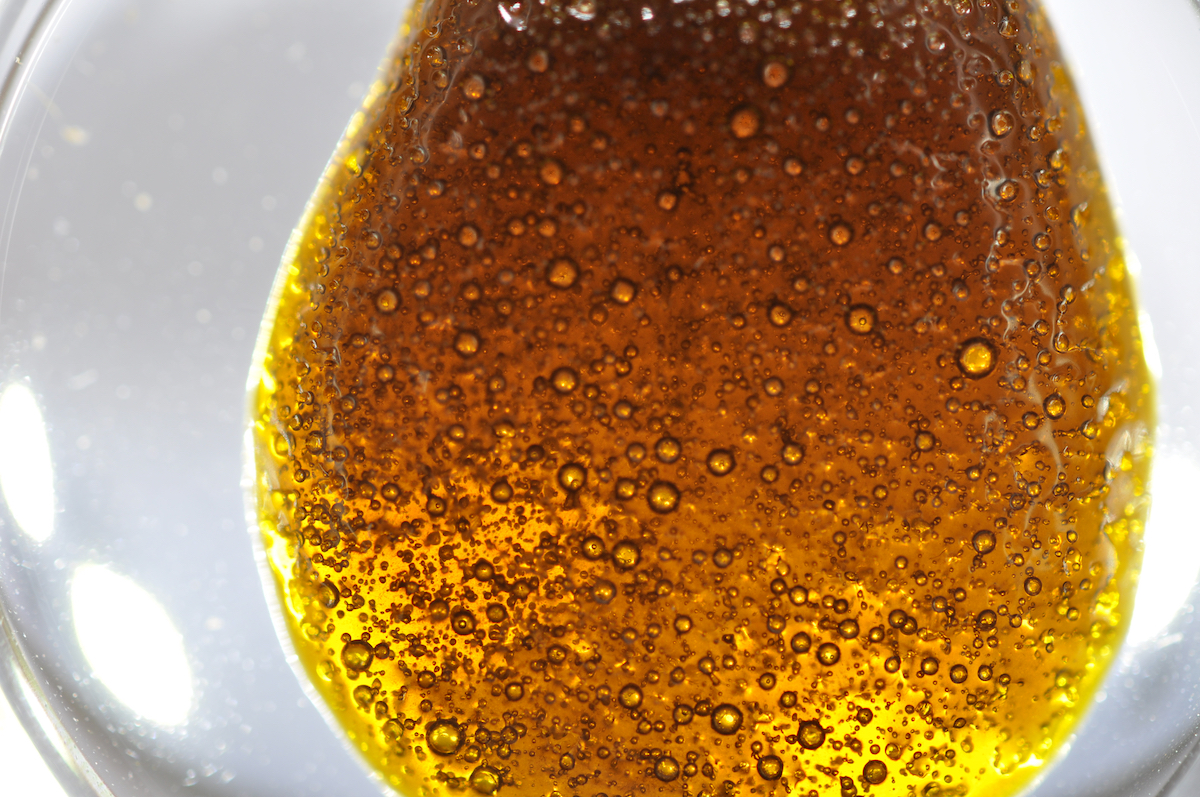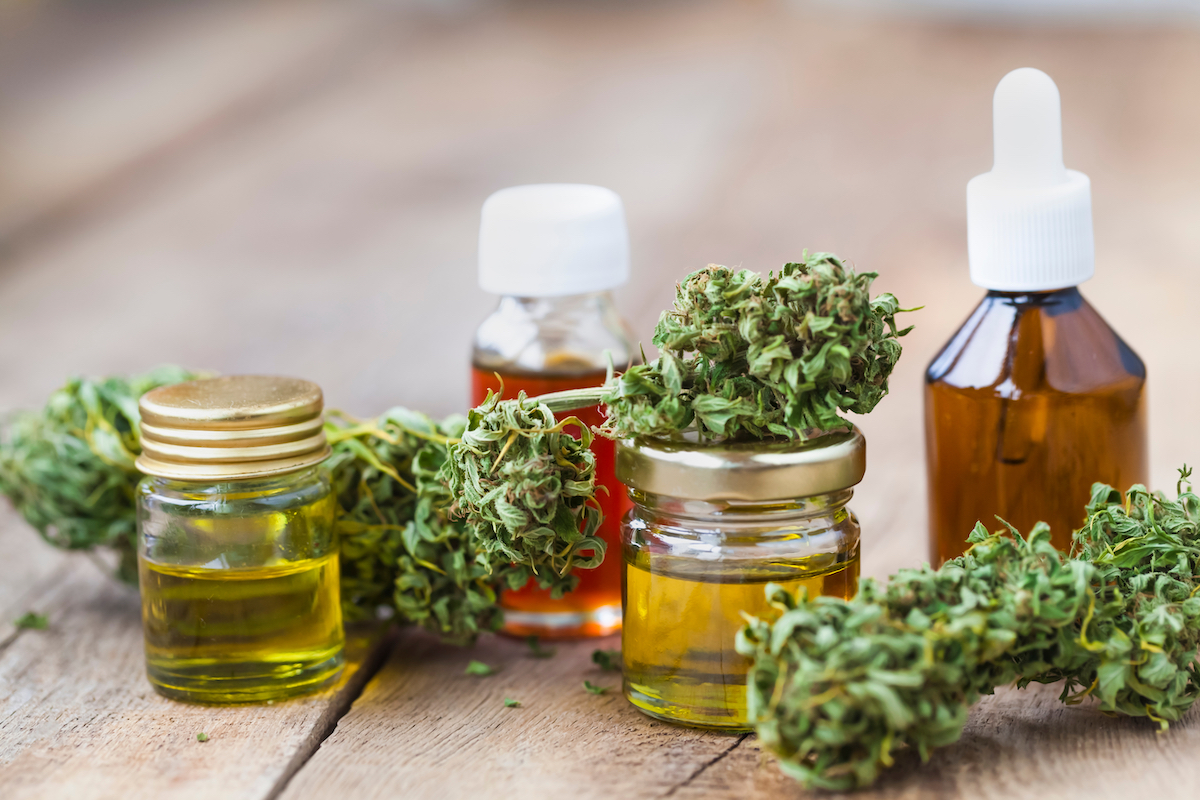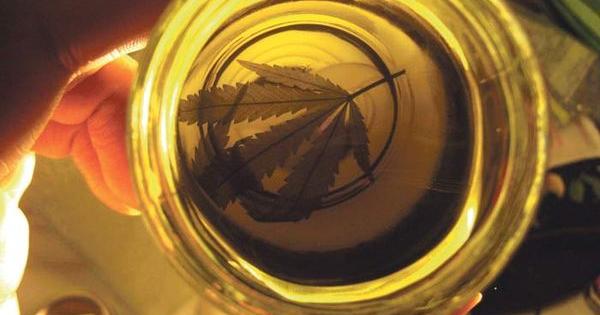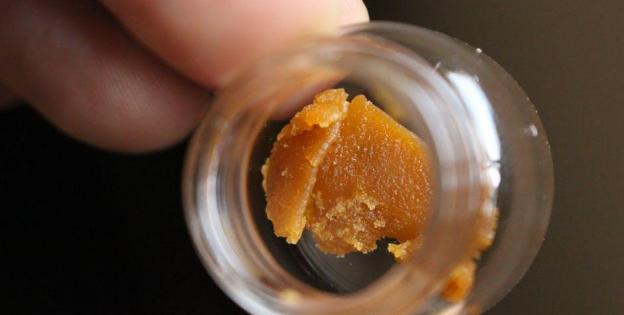- CBD keeps on gaining in popularity, with more and more users trying CBD products and really enjoying them. There are plenty of reasons to enjoy this compound, though its therapeutic properties are definitely right at the top.
- CBD can be consumed in different ways. Oils rich in CBD are a very popular option, and capsules, food and drink containing CBD are becoming more popular every day.
- CBD products are manufactured by extracting cannabinoids and terpenes from the plant matter. They always undergo some kind of extraction process before reaching the final production stage.

When talking about how CBD products are made, manufacturers normally allude to the specific extraction process used. The most common methods are steam distillation, and methods that involve the use of CO2, hydrocarbons or natural solvents:
CO2 extraction
CO2 extraction uses supercritical carbon dioxide to pull CBD from the plant matter. 'Supercritical' refers to the properties that CO2 can adopt midway between a gas and a liquid. This is why this process is sometimes called Supercritical Fluid Extraction, or SFE.
The CO2 extraction equipment includes pressurised tanks, chambers and pumps, where CO2 is subjected to high pressure and very low temperatures.
- The extraction process starts with two chambers: one with pressurised CO2, and a second one that contains the cannabis plant.
- CO2 is pumped from the first into the second chamber. The supercritical carbon dioxide passes through the raw cannabis, dissolving it gently and separating the oil from the plant matter.
- Finally, CO2 and oil are pumped together into a third chamber. The gas evaporates, leaving the CBD oil extract behind.
While not always cost-effective, as it requires specialised machinery, CO2 extraction is the preferred method for the manufacture of CBD products. It is an extremely safe and efficient process, producing oils with very high CBD concentrations, with as much as 92% efficiency according to test results.

The precision of this method makes it suitable for the production of oils that require specific CBD concentrations. Manufacturers can simply adjust the CO2-pressure ratio to obtain CBD concentrations as desired.
Apart from CBD oil, CO2 extraction can also be used in the manufacturing of many other products, such as decaffeinated tea and coffee, and essential oils for use in perfumes.
Steam distillation
Steam distillation is a process in which saturated steam passes through the cannabis plant, taking the oil with it. The plant matter is placed in an R. B. flask, with an inlet and an outlet. The inlet connects to another glass flask containing boiling water. The outlet connects to a condenser tube.
As water boils, it turns into steam. The steam is bubbled through the R. B. flask, separating the CBD oils from the plant matter. The oils are volatilised into the steam and entrained towards the condenser, where the steam is condensed back into oil and water. Then the mixture is distilled to extract the CBD oil from the water.
Steam distillation for essential oil extraction has been used in the perfume industry for many centuries. However, it has not been developed to the same extent in the cannabis sector due to its inefficiency. Steam distillation requires much larger quantities of plant material, and extracting specific CBD concentrations proves more difficult with this method. There is also a fundamental risk factor: if steam gets too hot, it can damage the extract and alter the cannabinoids' chemical properties.

Solvent-based extraction (using hydrocarbons and natural solvents)
Solvent-based extraction is similar to steam distillation, apart from the fact that a solvent is used instead of water to separate the CBD oil from the plant matter. When the solvent evaporates, CBD oil remains.
Solvent-based extraction is more efficient and less costly than steam distillation. However, there are concerns about the solvents used in hydrocarbon extraction, which include petroleum, butane and propane. Unfortunately, some studies have found traces of hydrocarbons in CBD products extracted using this process. If these substances do not fully evaporate during the evaporation phase, toxic residue remains in the oil, which can increase the risk of cancer.
In order to prevent the risk of toxic residue, natural solvents can be used instead. These include olive oil and ethanol, and are as effective as hydrocarbons. But these are not exempt from disadvantages either. For instance, chlorophyll is one of the compounds that ethanol will co-extract, which gives the oil an unpleasant taste. This is not an issue if CBD is administered as capsules or topicals, but many other CBD products are ingested or inhaled, among them gummies, tinctures and vape oils, so this bitter flavour can become a sales deterrent.
The main issue surrounding natural solvents is their inability to evaporate well. As a result, the CBD extract presents a lower CBD concentration than CBD products extracted in other ways.
So what happens after extraction?
After extraction, the resulting product is full-spectrum CBD oil. This means that the oil contains other cannabinoids besides CBD: CBDA, CBDV, THC, etc. As long as the final product derives from industrial hemp, THC content will be 0.3% or less, which makes it legal in many countries.
Full-spectrum CBD oil also contains other beneficial plant matter elements, such as terpenes and amino acids. Many users prefer this oil because CBD interacts with the endocannabinoid system more effectively when other cannabinoids are present. This is what is known as the 'entourage effect'.
However, other consumers prefer totally THC-free extracts. CBD isolates are pure, crystalline concentrates; a white, tasteless powder that contains only CBD. As CBD isolates do not contain THC, they are lower priced, and the lack of terpenes makes them odourless, too.
In conclusion, regardless of whether it is turned into a CBD isolate or remains full spectrum, CBD oil is being added to other substances to create CBD products that are currently conquering the cannabis market.






Comments from our readers
There are no comments yet. Would you like to be the first?
Leave a comment!Did you like this post?
Your opinion about our seeds is very important to us and can help other users a lot (your email address won't be made public).